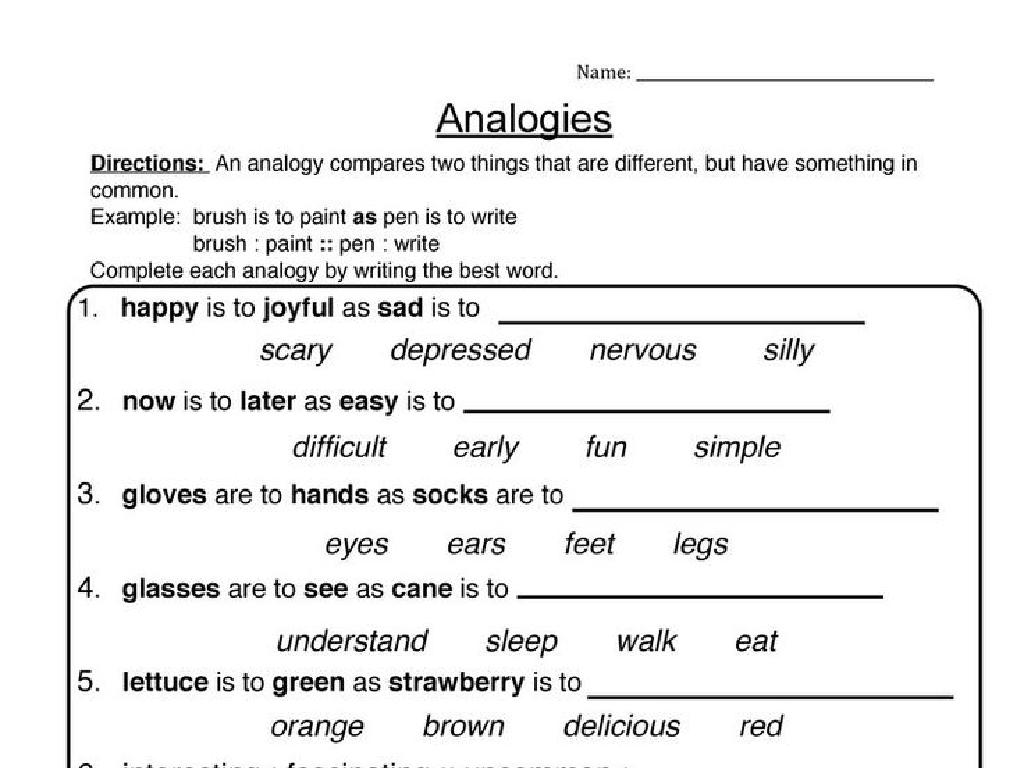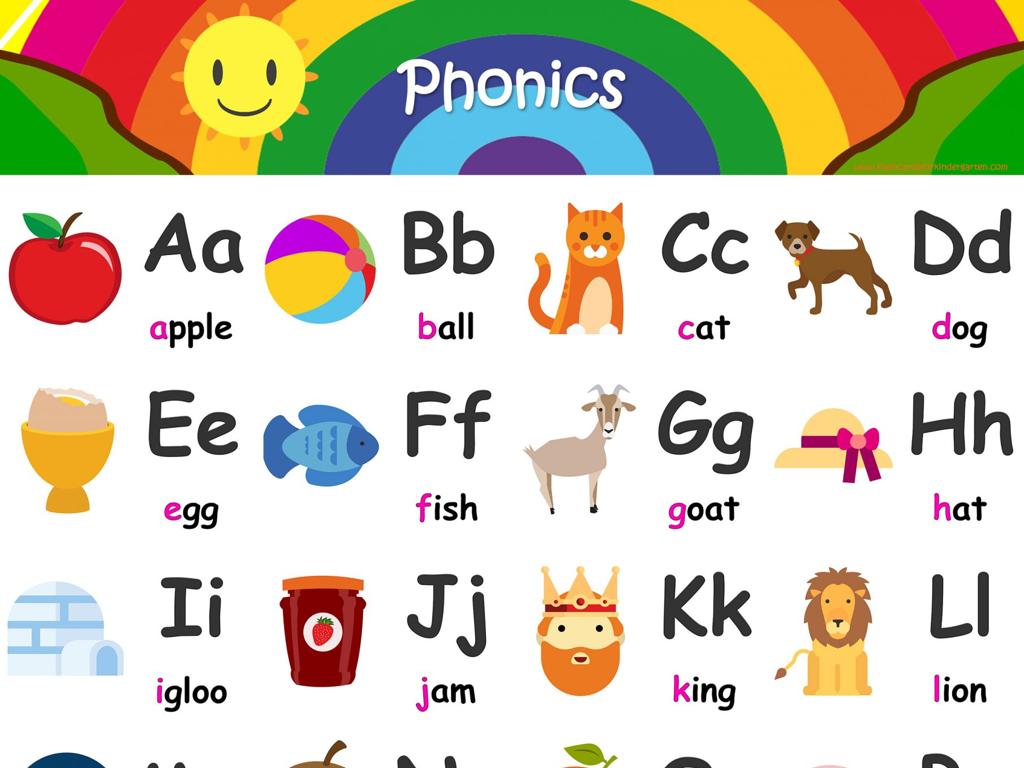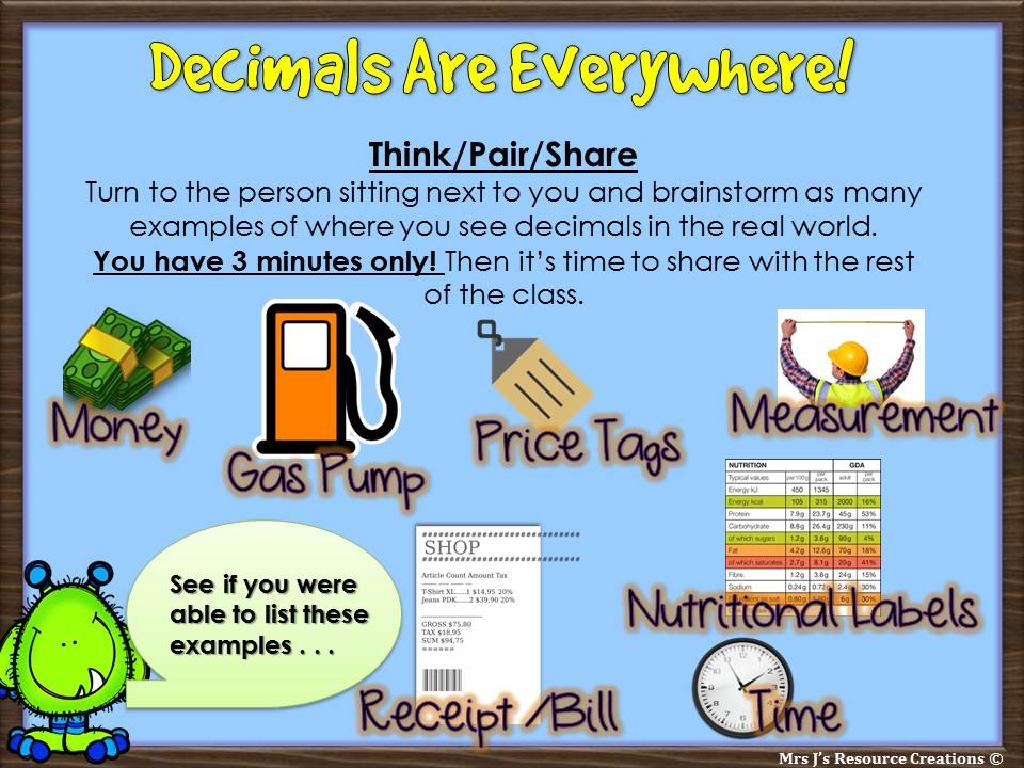Spell The Long U Word: Silent E, Ue, Oo, Ew, Ui
Subject: Language arts
Grade: Third grade
Topic: Short And Long Vowels
Please LOG IN to download the presentation. Access is available to registered users only.
View More Content
Exploring Long U Sounds
– Learn about the long U sound
– Spelling with the long U
– Words like ‘use’ have a long U sound
– Variations: silent e, ue, oo, ew, ui
– ‘Cue’ (ue), ‘moon’ (oo), ‘new’ (ew), ‘fruit’ (ui) show different spellings
– Practice spelling words
|
This slide introduces the concept of the long U sound in words, which is an important part of understanding vowel sounds in English. Students will learn that the long U sound can be spelled in several ways, including with a silent e at the end of words, or with the letters ue, oo, ew, and ui. Provide examples for each type of spelling and encourage students to come up with their own examples. During the practice, focus on helping students recognize the pattern of the long U sound in different words and reinforce their spelling skills through various engaging activities such as word matching or fill-in-the-blanks.
Exploring the Long U Sound
– What is the Long U sound?
– It’s the sound in ‘use’ and ‘unicorn’.
– ‘Yoo’ and ‘oo’ sounds
– Like in ‘moon’ or ‘food’.
– Spelling the Long U
– Use silent e, ue, oo, ew, ui.
– Practice with examples
– Words like ‘mule’, ‘spoon’, ‘chew’, ‘fruit’.
|
The Long U sound is a vowel sound that is pronounced like ‘yoo’ as in ‘use’ or ‘oo’ as in ‘moon’. It can be spelled in various ways, which can be confusing for young learners. This slide introduces the concept of the Long U sound and its different spellings. Provide examples for each type of spelling and encourage students to come up with more examples on their own. During the lesson, focus on pronunciation and spelling through interactive activities such as word matching or fill-in-the-blanks. This will help students recognize and use the Long U sound in their reading and writing.
Spelling Long U Words: The Magic of Silent E
– Silent E makes U say its name
– Like in ‘cube’, the U sounds like ‘you’
– Examples: ‘tube’, ‘cube’, ‘flute’
– ‘Tube’ sounds like ‘toob’, not ‘tub’
– Practice reading with Silent E
– We’ll read words together and learn how Silent E changes the sound
|
This slide introduces the concept of the silent E and its role in changing the pronunciation of the letter U from a short vowel sound to a long vowel sound. Use examples like ‘tube’, ‘cube’, and ‘flute’ to illustrate how the presence of a silent E at the end of the word can alter the sound that the U makes. Engage the class in a reading activity where they practice identifying and reading words with the long U sound made by the silent E. Encourage them to notice the difference in pronunciation between similar words with and without the silent E (e.g., ‘cub’ versus ‘cube’). This will help reinforce their understanding of vowel sounds and spelling patterns.
The UE Combination: Spelling Long U Words
– U and E team up as ‘UE’
– ‘UE’ says the long U sound
– Examples: ‘blue’, ‘glue’, ‘rescue’
– Words like ‘blue’ have a long U sound thanks to the ‘UE’ at the end.
– Think of more ‘UE’ words
– Use your books or think of words you know that sound like ‘blue’.
|
This slide introduces the concept of the ‘UE’ combination in spelling long U words. It’s important to emphasize the teamwork between the letters U and E to produce the long U sound. Provide clear examples such as ‘blue’, ‘glue’, and ‘rescue’ to illustrate the concept. Encourage students to actively participate by thinking of other words that contain the ‘UE’ combination. This can be turned into a fun classroom activity where students can list words on the board or in their notebooks. For students who may struggle, prompt them with leading questions or provide the first letter of a new ‘UE’ word and have them complete it.
The Long U Sound: OO Combination
– OO makes the long U sound
– Like in ‘boot’, the OO sounds like ‘U’
– Examples: ‘moon’, ‘spoon’, ‘balloon’
– ‘Moon’ glows at night, ‘spoon’ helps you eat, ‘balloon’ floats up high
– Words sound like the long U
– Say these words out loud to hear the long U sound
|
This slide focuses on teaching students that the ‘OO’ combination in words can represent the long U sound. Use examples that are familiar to the students to help them connect the sound to the spelling. Encourage them to notice the similarity in pronunciation between ‘OO’ and the long U sound. Have them practice saying the words out loud and listen for the long U sound. You can extend the activity by asking students to find other words with the ‘OO’ combination and determine if they have the long U sound, reinforcing their understanding through repetition and engagement.
The Long U Sound: EW Combination
– EW spells the long U sound
– Examples: ‘new’, ‘stew’, ‘chew’
– ‘new’ like something just bought, ‘stew’ a yummy dish, ‘chew’ like what we do to food
– Practice saying these words
– Repeat after me: new, stew, chew
– Understand how EW is used
– See how EW makes the U sound in different words
|
This slide introduces the EW combination as another way to spell the long U sound, which is a key concept for third graders learning about vowel sounds and spelling. Start by explaining the concept, then provide clear examples that the students can relate to. Engage the class by saying the words together and encourage them to notice the long U sound in each. Ask the students to come up with more examples of words with the EW combination to reinforce the lesson. The goal is for students to recognize and use the EW combination confidently when they encounter it in their reading and writing.
Spelling Long U Words: The UI Combination
– UI makes the long U sound
– Examples: ‘fruit’, ‘suit’, ‘juice’
– ‘fruit’ as in yummy fruit salad, ‘suit’ like a fancy outfit, ‘juice’ you drink
– Recognize words with UI
– Have you heard ‘fruit’, ‘suit’, or ‘juice’?
– Share words you know with UI
– Think of other UI words and we’ll discuss them
|
The UI combination is a less common but important way to spell the long U sound. Provide examples like ‘fruit’, ‘suit’, and ‘juice’ to illustrate the sound and spelling. Ask students to identify which of these words they have heard or used before, encouraging them to share their experiences with these words. This will help them connect the concept to their everyday lives. Additionally, prompt them to think of other words that contain the UI combination and be ready to discuss these words in the next class. This activity will enhance their understanding of the long U sound and its various spellings, reinforcing their vocabulary and spelling skills.
Practice Time: Spelling Long U Words
– Listen to the word I say
– Write the word on your paper
– Decide the correct long U spelling
– Choose from: ‘tube’, ‘moon’, ‘chew’, ‘fruit’
– Is it silent e, ue, oo, ew, or ui?
– Example: ‘tune’ uses a silent e, while ‘blue’ uses ‘ue’
|
This activity is designed to help students practice and reinforce their understanding of the long U sound and its various spellings. Start by clearly pronouncing words that have the long U sound spelled with silent e, ue, oo, ew, and ui. Have the students write down the word as they hear it, thinking carefully about which spelling rule applies. After writing, discuss why a particular spelling was used. Possible words to use: ‘tune’ (silent e), ‘blue’ (ue), ‘moon’ (oo), ‘chew’ (ew), ‘fruit’ (ui). This will help students recognize patterns and improve their spelling skills. Encourage students to say the words out loud to better associate the sound with the spelling.
Class Activity: Long U Word Hunt
– Explore the classroom for long U sounds
– Find objects or pictures with long U
– Write the word and its long U type
– silent e, ue, oo, ew, ui
– Share your findings with the class
|
This activity is designed to help students recognize and spell words with the long U sound. Encourage them to look around the classroom for any objects or images that may contain the long U sound. Once they find an item, they should write down the word and identify which long U spelling pattern it uses: silent e, ue, oo, ew, or ui. For example, ‘flute’ uses ‘ue,’ and ‘spoon’ uses ‘oo.’ After the hunt, ask students to share their words and discuss the different spelling patterns they found. This will reinforce their understanding of the long U sound and its various spellings. Prepare a list of possible words they might find and additional activities for early finishers, such as drawing or using the words in sentences.
Mastering Long U Sounds: Review
– Celebrating our word hunt success
– Reviewing long U spellings
– silent e (tube), ue (blue), oo (moon), ew (new), ui (fruit)
– Practice leads to perfect spelling
– Keep exploring words at home
– Try reading books, writing stories, and playing word games
|
This slide wraps up the lesson on the long U sound by first congratulating the students on their successful word hunt activity. It’s important to reinforce the different ways to spell the long U sound, which includes patterns like silent e, ue, oo, ew, and ui. Remind students that consistent practice is key to becoming excellent spellers. Encourage them to continue their learning outside of the classroom by engaging with books, writing their own stories, and playing educational word games that reinforce the spelling patterns they’ve learned.






